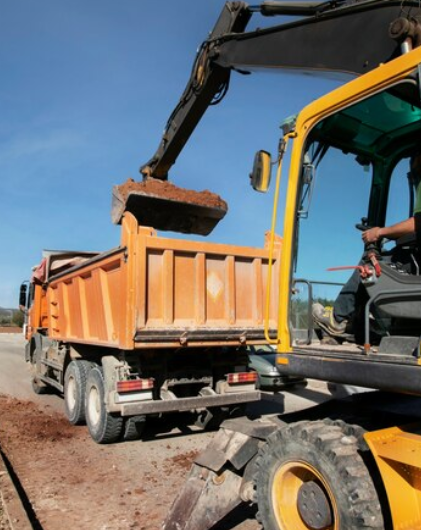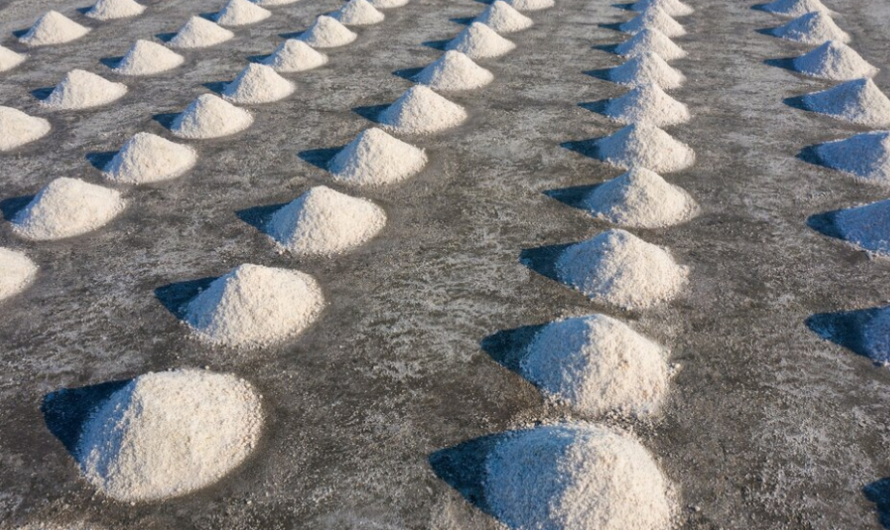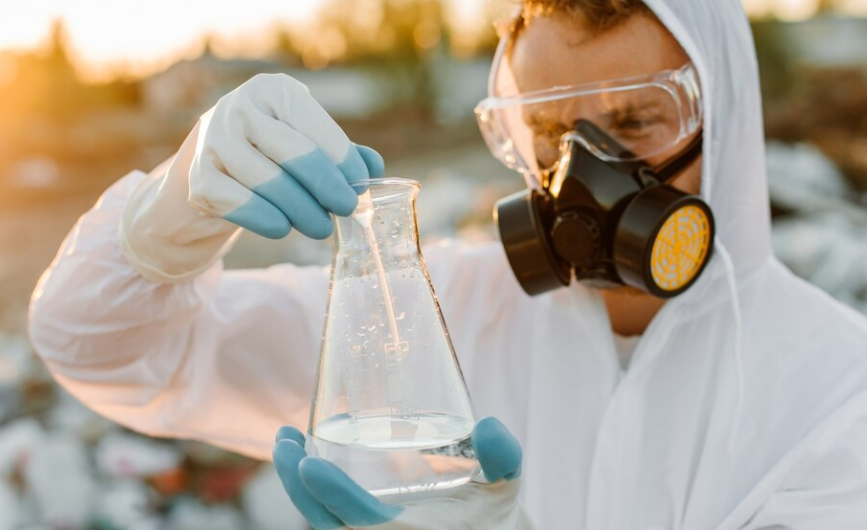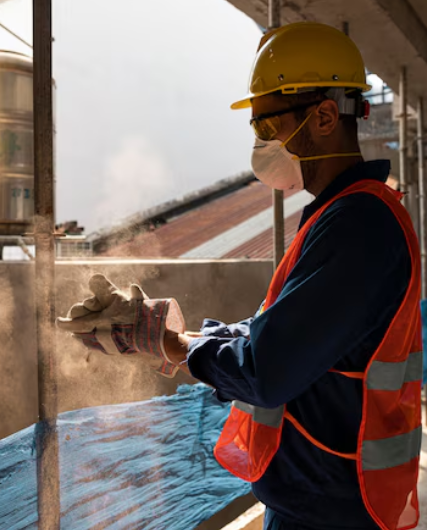Safety Management’s Role: The Unsung Hero Behind Every Successful Organization
When people think about workplace safety, they often picture hard hats, fire extinguishers, and emergency exit signs. But there’s so much more beneath the surface. Safety management isn’t just about ticking off checkboxes—it’s a strategic pillar that ensures business continuity, boosts morale, and saves lives.








